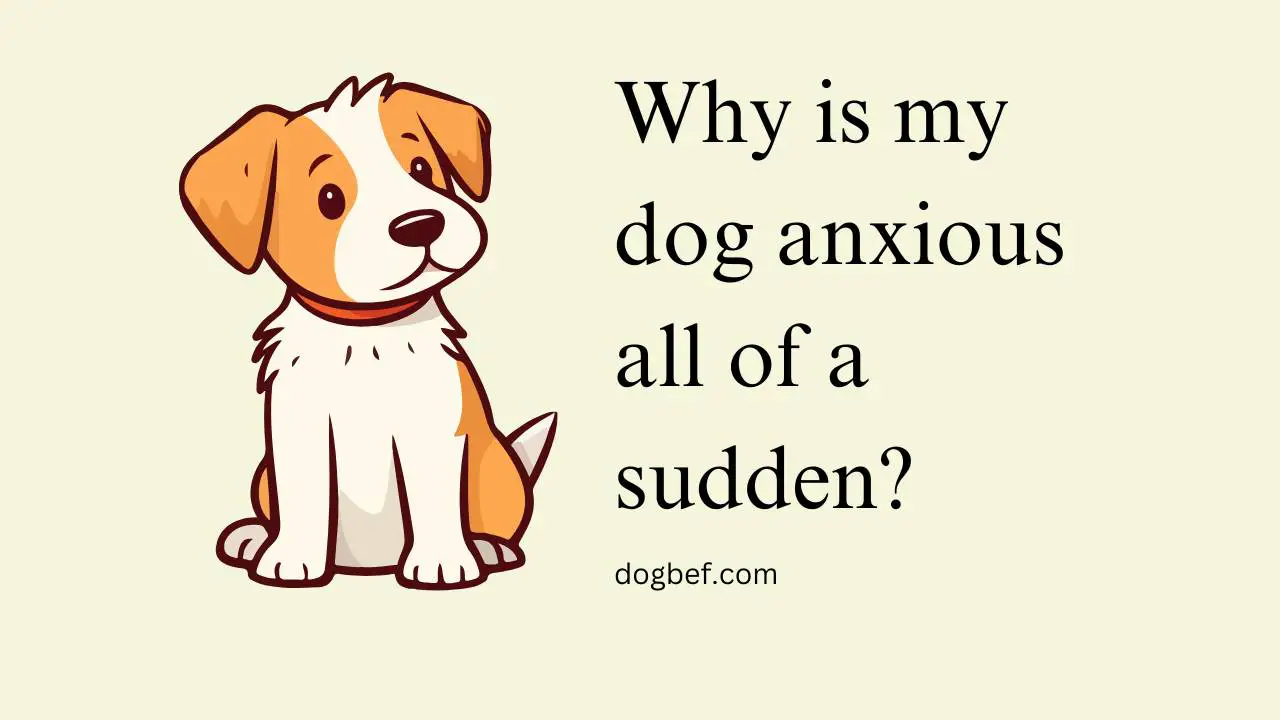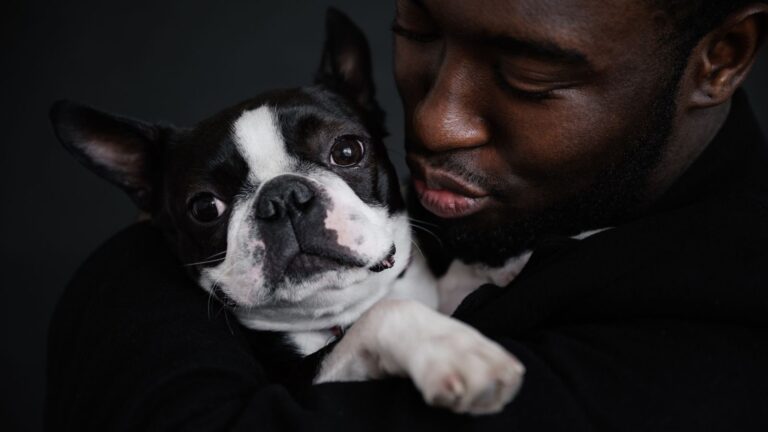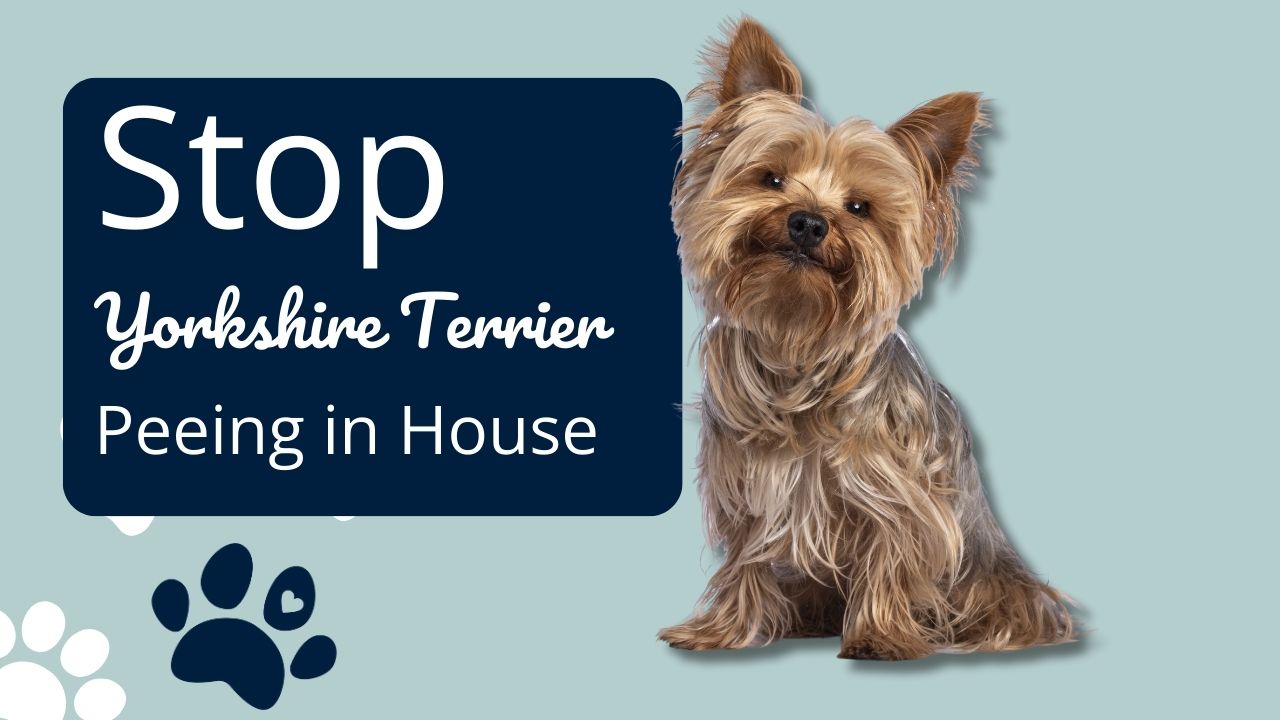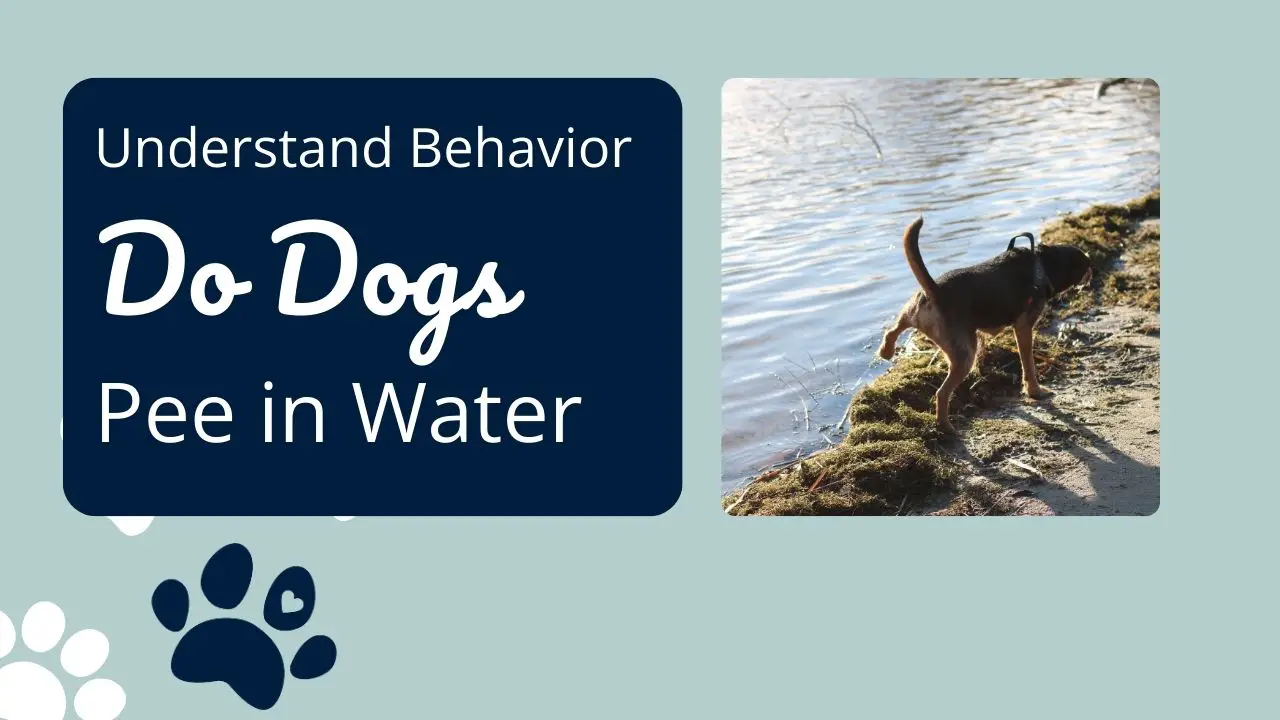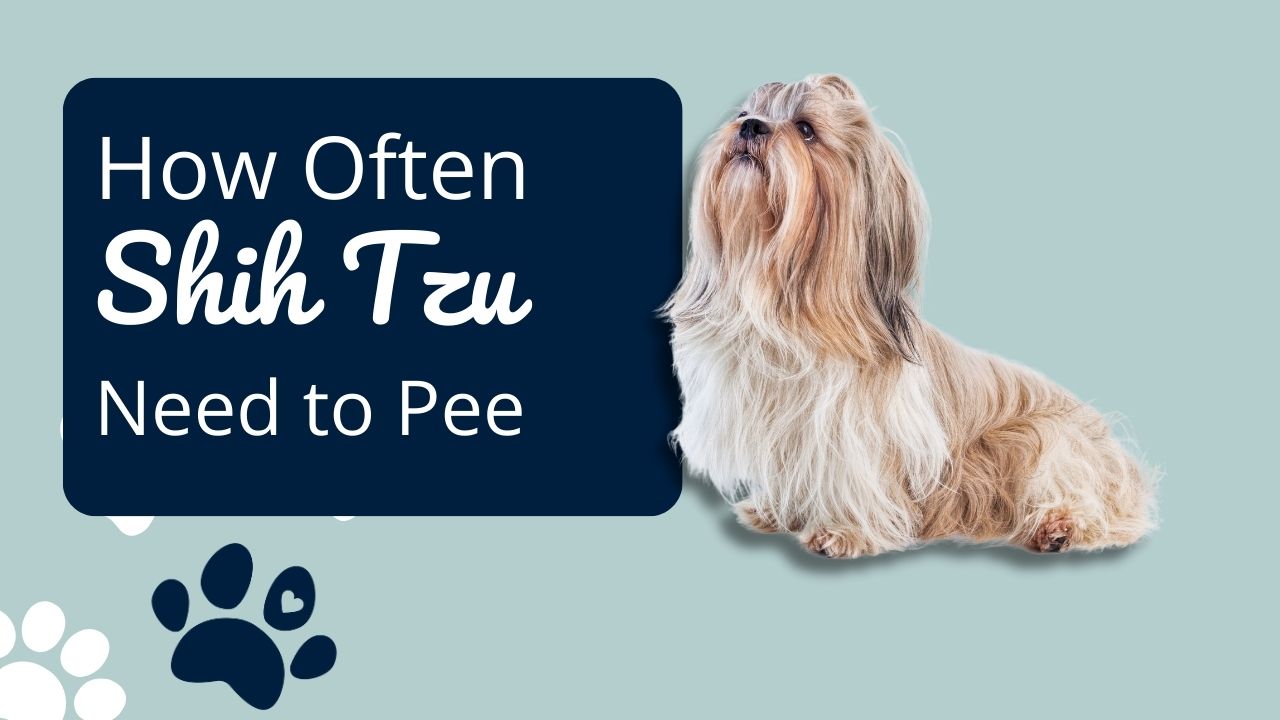It can be worrying when a dog who is usually relaxed and happy suddenly starts exhibiting signs of anxiety like restlessness, whining, or hiding. While anxiety may seem to appear out of the blue, there are typically triggers and reasons behind this behavior change.
Understanding the common causes, symptoms, and solutions for sudden dog anxiety is very important for pet owners. Anxiety can significantly impact a dog’s quality of life and lead to destructive behaviors if left unaddressed. Recognizing the early signs of anxiety in your dog is the first step in being able to provide the care and treatment they need to feel secure and comfortable again.
Some of the most common indicators of anxiety and stress in dogs include pacing, trembling, excessive vocalizations, and changes in bathroom habits, appetite, or posture. If your dog is displaying these behaviors abruptly, it warrants a closer look at what may be causing their distress and how you can help alleviate it through training, medication, or environmental changes. Addressing sudden anxiety properly not only improves your dog’s well-being but also strengthens the bond between pet and owner.
Common Signs of Sudden Anxiety in Dogs
An anxious dog may exhibit a range of behavioral and physical symptoms. Being able to identify these signs is the first step in addressing your dog’s anxiety.
Physical Symptoms
- Pacing, shaking, or restlessness
- Excessive vocalizations like barking or whining
- Yawning, drooling, licking lips, or panting excessively
- Changes in body posture, ears back, tail down
- Avoidance of things that previously didn’t bother them
- Destructive behaviors like chewing or digging
- Aggressive behaviors like growling or snapping
- House soiling or other elimination issues
Common Triggers
There are a few key causes that commonly spark sudden anxiety in dogs:
- Fear – Loud noises, strangers, unfamiliar places
- Separation Anxiety – Being left alone
- Age-Related Changes – Dementia or declining senses
- Medical Issues – Pain, illness, neurological issues
- Weather Changes – Thunderstorms, hot or cold temperatures
Discover why some dogs suck on blankets.
Exploring Common Dog Anxiety Signs and Causes
To help your anxious dog, it’s important to understand some of the most frequent triggers and signs in more detail.
Fear and Phobias
Dogs can develop strong fears or phobias of things like thunderstorms, fireworks, strangers, or car travel. Signs like trembling, hiding, barking, and avoidance help identify fear-based anxiety. Strategies like desensitization and creating positive associations can help fearful dogs.
Separation Anxiety
Dogs with separation anxiety become very distressed when left alone. Common signs include destructive behavior, house soiling, and vocalizations. Treatment involves structured training, providing mental stimulation, and potentially anti-anxiety medications.
Age-Related Anxiety
Senior dogs may develop Cognitive Dysfunction Syndrome (CDS) which is similar to Alzheimer’s disease in humans. Disorientation, house soiling, and changes in social interaction are common signs. Keeping routines consistent, and using calming supplements, and medication can help manage CDS.
Medical Causes
Anxiety can stem from underlying medical problems like thyroid disease, seizures, dementia, or pain. Lab work and veterinary exams are needed to diagnose and treat medical conditions appropriately.
Weather Triggers
Hot or cold temperatures, storms, wind, or snow can also spark anxious behavior in dogs. Providing a comfortable indoor area with familiar toys and treats can help alleviate this environmental stress.
Learn why dogs scratch your bed sheets.
Recognizing Indicators of Stress in Dogs
In addition to the common signs already discussed, here are some subtle indicators that your dog may be feeling anxious or stressed:
- Pacing, trembling or shaking
- Whining, barking, or other vocalizations
- Repeated yawning, drooling, or licking
- Ears back, tail down, wide eyes
- Lip-licking or nose-licking
- Shedding more than usual
- Panting when not overheated
- Changes in bathroom habits
- Avoiding things they would normally enjoy
- Hiding under furniture or trying to escape
- Displacement behaviors like sudden grooming
Treatment Options for Sudden Dog Anxiety
If your dog is exhibiting anxiety, there are solutions that can help. A multi-pronged approach works best for most dogs.
Behavioral Strategies
Positive reinforcement training, desensitization to triggers, and creating a safe environment are proactive methods to reduce anxiety. Working with a certified dog trainer or behaviorist can help implement these techniques effectively.
Medications and Supplements
In some cases, anti-anxiety medication prescribed by a vet may be warranted, especially when anxiety is severe. Natural calming supplements like melatonin, CBD oil, and thiamine can also help.
Professional Help
For moderate to severe anxiety, consulting with a veterinary behaviorist is recommended. Customized treatment plans and prescription medications are often needed. Professional training may also teach dogs how to better cope with stress triggers.
Lifestyle and Environment Changes
Increasing exercise, mental stimulation through food puzzles, and structured daily routines can improve anxious behavior. Ensuring your dog has access to safe spaces, calming toys, pheromone diffusers, or clothing items with familiar scents can also help lower their stress levels.
Conclusion: The Takeaway on Sudden Dog Anxiety
This article covered the common signs, causes, and solutions for sudden anxiety in dogs. Here are some key takeaways:
- Recognizing symptoms like pacing, vocalizing, and avoiding is the first step. Knowing your dog’s normal behavior makes it easier to identify when something is wrong.
- Fear, separation anxiety, age-related issues, medical problems, and weather changes are frequent triggers for sudden anxiety.
- Treatment often requires a combination of behavioral training, environmental changes, supplements, prescription medication, and professional help from vets, trainers, and behaviorists.
- Having patience with your anxious dog and sticking to a treatment plan is crucial. Some anxiety can’t be fully “cured” but often it can be successfully managed.
- Don’t hesitate to seek out certified professionals if your dog’s anxiety persists or severely impacts their quality of life. Living with anxiety is stressful for dogs and owners alike.
Pet owners have an important responsibility to provide a safe and healthy life for their dogs. Understanding the nuances of canine behavior and utilizing the many resources available will go a long way in helping an anxious dog thrive.
Links related to dog care/health
Find out why your puppy may not be eating or sleeping and how to help
Learn how your menstrual cycle may or may not affect your male dog.
Learn how your menstrual cycle may or may not affect your male dog.
Discover how soon a dog can become pregnant after giving birth

